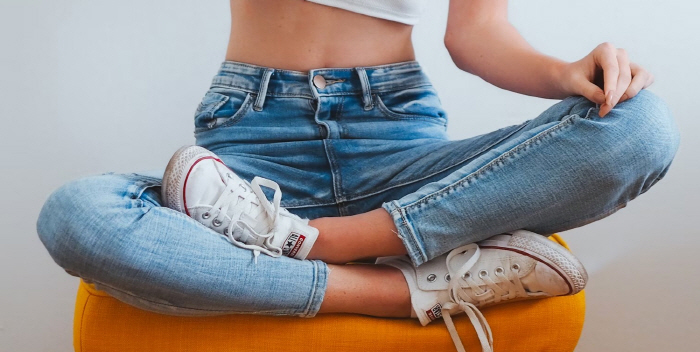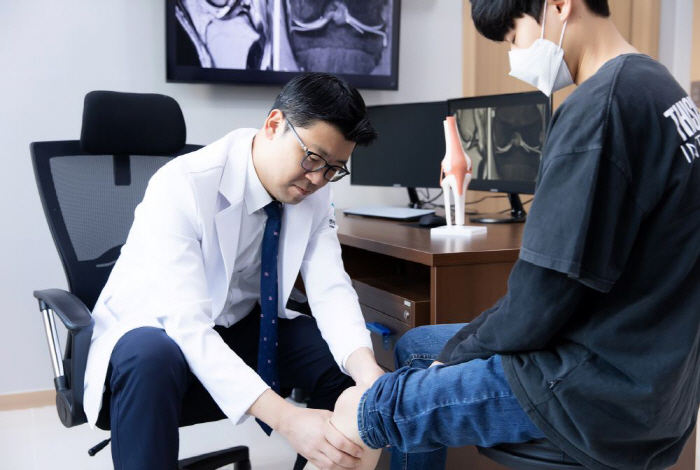Watch out for middle-aged women who wear pants or cross legs
|
The hip joint is a joint that connects the pelvis and femur, acts as a pillar of the leg, and is involved in almost all movements such as walking, sitting, and waking up. Because this joint can withstand a load two to three times its weight, it is an area where cartilage is worn out and inflammation and pain are likely to occur with aging. Eventually, joint mobility decreases and pain leads to repeated degenerative coarthritis.
Although osteoarthritis is less popular than knee arthritis, it is actually the second most common degenerative disease after the knee in the middle-aged. In particular, it occurs frequently in women, and pain in the deep groin and discomfort during leg rotation are the main symptoms. When the disease progresses, it also greatly affects daily life such as limpness and walking disabilities.
The problem is that this pain is similar to back disease, making it easy for patients to confuse themselves. Back disc or spinal stenosis can also cause radiating pain from the hip to the leg, making it difficult to discriminate.
Heo Dong-beom, director of Yonsei Star Hospital (Orthopedic Surgeon), emphasized that "While pain caused by the hip joint is characterized by local pain that is repeated in certain movements, back disease often changes pain depending on posture and is accompanied by neurological symptoms such as numbness or sensory loss.'" Since the two diseases have completely different treatments, accurate differential diagnosis is very important."
Degenerative osteoarthritis can be effectively alleviated not only pain but also walking disorders if it is detected early and started treatment. Non-surgical treatments include medication using anti-inflammatory analgesics, cartilage protection through hyaluronic acid injection or extracorporeal shock waves, and pain control. In addition, lifestyle improvements such as walking exercise, strengthening muscle strength through stretching, and weight loss can be combined to further enhance the treatment effect.
In the case of osteoarthritis, 'progress inhibition' and 'function maintenance' are the key to treatment rather than cure. Therefore, it is important to avoid positions that are usually strained in joints such as legs and squatting, and to steadily practice exercises that strengthen hip muscles. Weight management is important for both prevention and management, especially as weight puts a large burden on joints.
Heo Dong-beom, the head of the hospital, said "If you usually have back disease, hip pain is often regarded as a related pain and passed lightly. However, if symptoms such as groin pain, discomfort when rotating legs, or limp when walking persist for more than two weeks, it is important to carefully examine the area and pattern of the pain and get a diagnosis from an orthopedic surgeon.
|
This article was translated by Naver AI translator.





